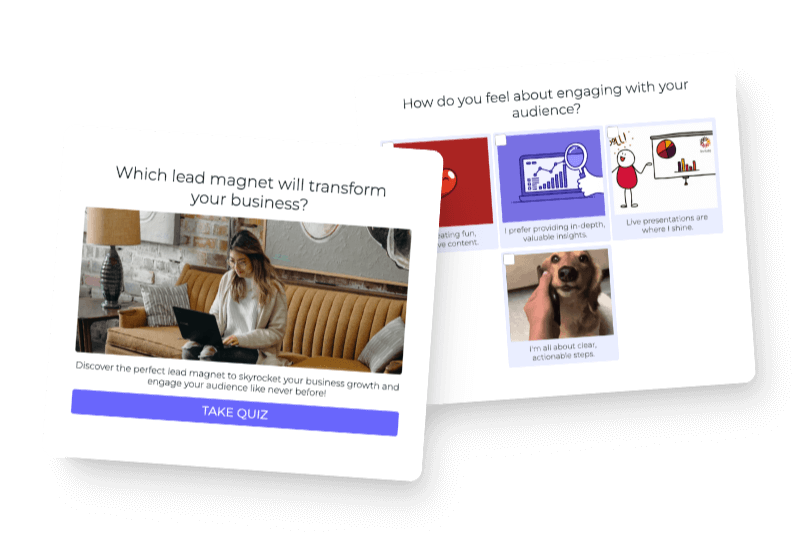How much does it bother you when a company treats you like a number to be checked off a list? Like they couldn’t care less about your problems? Especially when they’re supposed to be assisting you with those problems?! It’s infuriating.
Now, think about how you feel when you have an experience with a company that actually listens to what you’re struggling with. Imagine they find you a solution and offer it without making you wait on hold for several hours.
I bet we all agree that the latter experience feels really good. Despite not always being the cheapest or most convenient, this experience fosters customer loyalty.
I’m talking about personalized customer journeys. Experiences in which you listen to your customers’ needs, and then offer up products and services to meet those needs. Let’s walk through how to create a customer journey to delight your audience instead of wasting their time trying to find their own answers.
What is a personalized customer journey?
A personalized customer journey is when every person who engages with your business is directed toward a unique solution based on their current problems.
How to create personalized customer journeys
There is a simple three-step process for creating a personalized customer journey in your business. It goes like this:
- Ask questions to understand what your customers are looking for. What are they struggling with?
- Direct each customer down a unique path based on how they answered your questions.
- Offer a personalized solution with your products and services, based on the information customers give you.
Let’s walk through these steps and break down what goes into each section.
1. Ask questions to understand what your customers are looking for.
The first step is to ask questions that will inform you on what each customer is trying to find. With any product or service business, people become paying customers for different reasons. Not everyone is coming in with the same problem, even if you only sell one solution.
For example, let’s say you sell lipstick and want to create a unique customer journey for each person who visits your website. One way to differentiate your customers’ paths is skin tone.
Lipstick shades aren’t meant to complement every skin tone universally. As a lipstick retailer, you’d want to know a potential customer’s skin tone before sending them down a unique path. In the example below from Besame Cosmetics, they ask quiz-takers about their skin tone so they can begin to craft a personalized journey for each person.
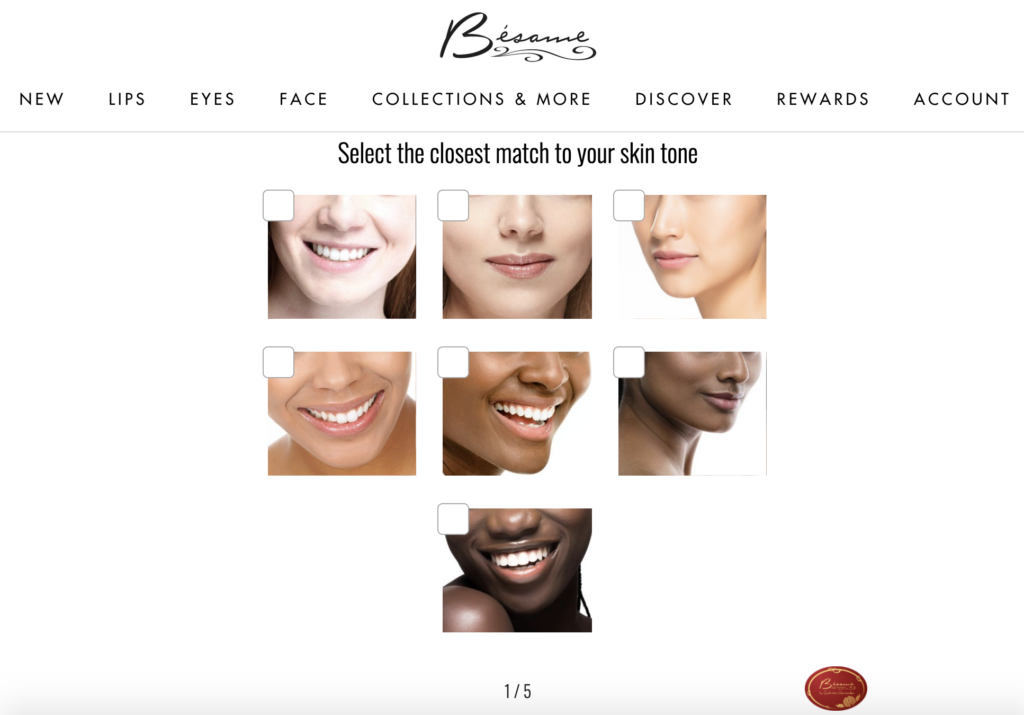
Next, they ask a similar question about hair color. They’re getting a picture of who quiz-takers are based on how they answer the questions. And so, they can formulate customer journeys that match preferences and needs.
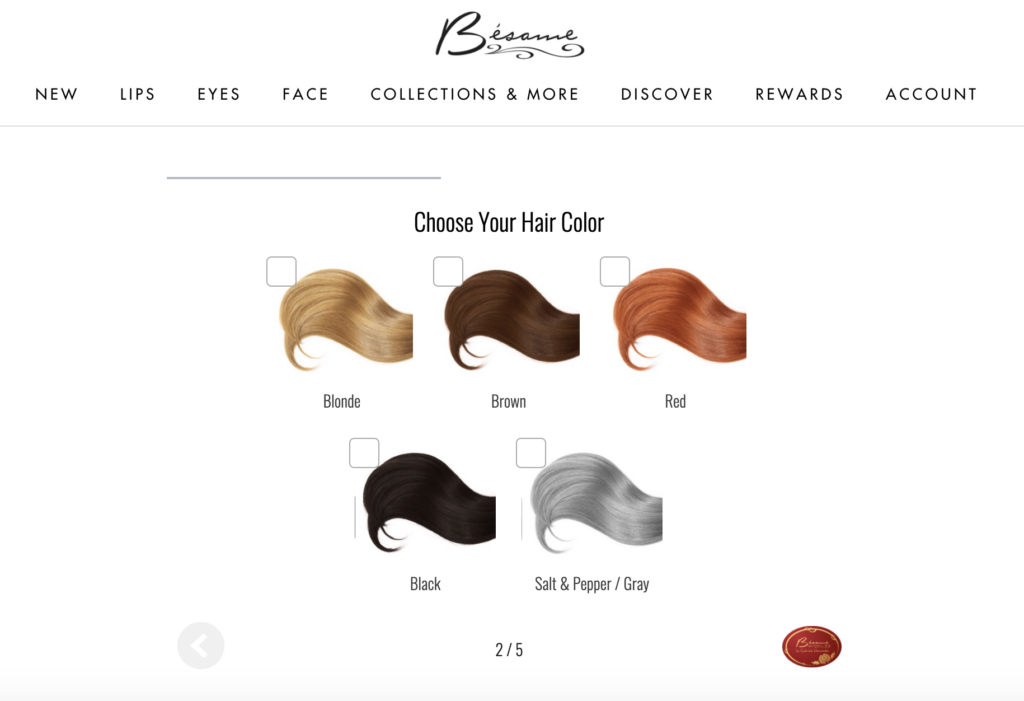
How to build customer journey questions: To formulate questions that will help you create unique pathways for your customers, you’ll need to understand their unique needs.
One way to do this quickly is to look at inbound customer questions. Group the questions into categories, which will point you toward the pathways you’re looking to build.
Your questions uniquely guide people to solutions, addressing their specific problems along the way.
Think of it as a matching game: First, you want to match your customer with their broader problem. Then, your questions should narrow down the specific problem, matching them to your solution.
When working with physical products like lipstick, think of the problem as finding the best product for the customer. Your job is to be a detective, asking the right questions to solve their problem.
2. Direct each customer down a unique path based on how they answered your questions.
As you ask questions, use a branching system to direct people to different questions based on their answers to previous questions. Branching questions truly create a unique experience for each person.

Quick Tip: Most people who create personalized customer journeys don’t take the extra step of creating conditional/branching logic on their customer journey experiences. It takes more time to create one, and you can give most of the same personal experience using a personality-style scoring system, which is much simpler.
The personality scoring system works through correlations that connect each answer choice to a result in your experience. Whichever result has the most correlations throughout the quiz is what you show as the outcome of that person’s journey.
We generally say that this is 70% accurate with 20% of the effort, so if you’re not in an industry where accuracy is paramount, it saves time to use the personality logic for your experience.
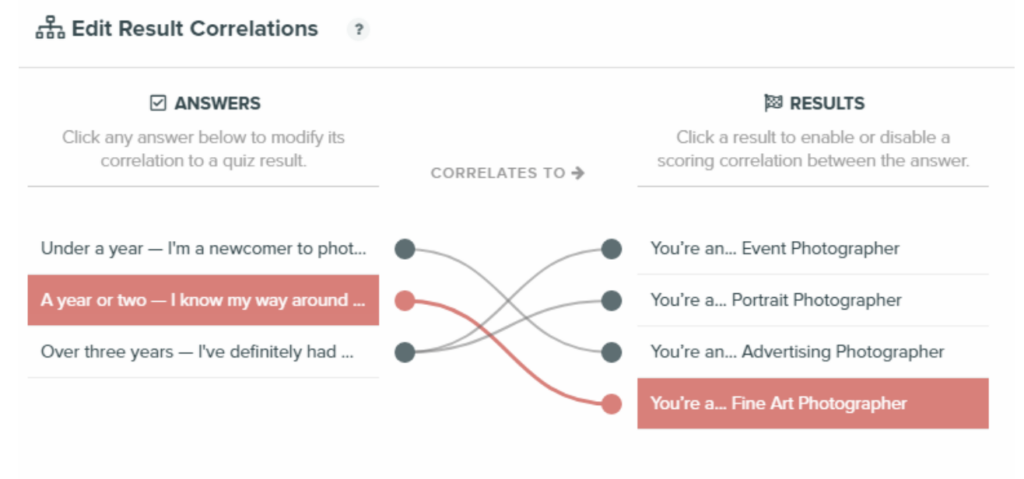
3. Offer a personalized solution with your products and services, based on the information customers give you.
Once someone completes the personlized quiz journey, show them products that match what they’re looking for. Sometimes you can narrow it down to just one product or service, and other times it’s helpful to recommend a few.
The lipstick quiz we’ve been using as an example offers three shades in their results. This is a smart move because they don’t want to lose a potential customer if their recommendation isn’t accurate; they’re less likely to lose this customer by offering three choices. Limit choices to five or fewer to prevent overwhelming customers and bringing them back to square one.
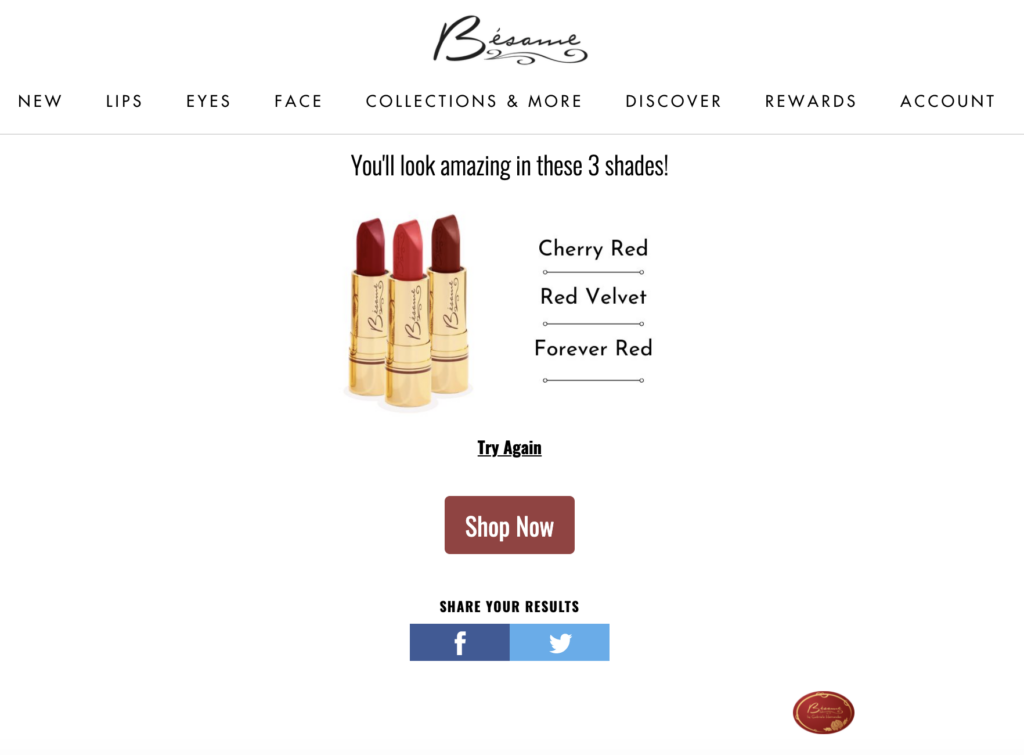
There are many benefits to personalized recommendations, not least of which is increased sales. On average, a personalized recommendation sells 369% more product than a generic one, and that’s because creating unique journeys helps businesses understand what people are looking for. They no longer have to guess.
Optional Add-on: Use your customer journey to collect leads
Another option for your customer journey is to ask for an email opt-in within the experience. You can continue the personalized experience through email, where you’ll be able to tag people and segment them based on their unique path.
Opt-ins on unique customer journeys convert at 41%, meaning that four out of ten people who start the experience will opt in, so it’s a great way to build your list.
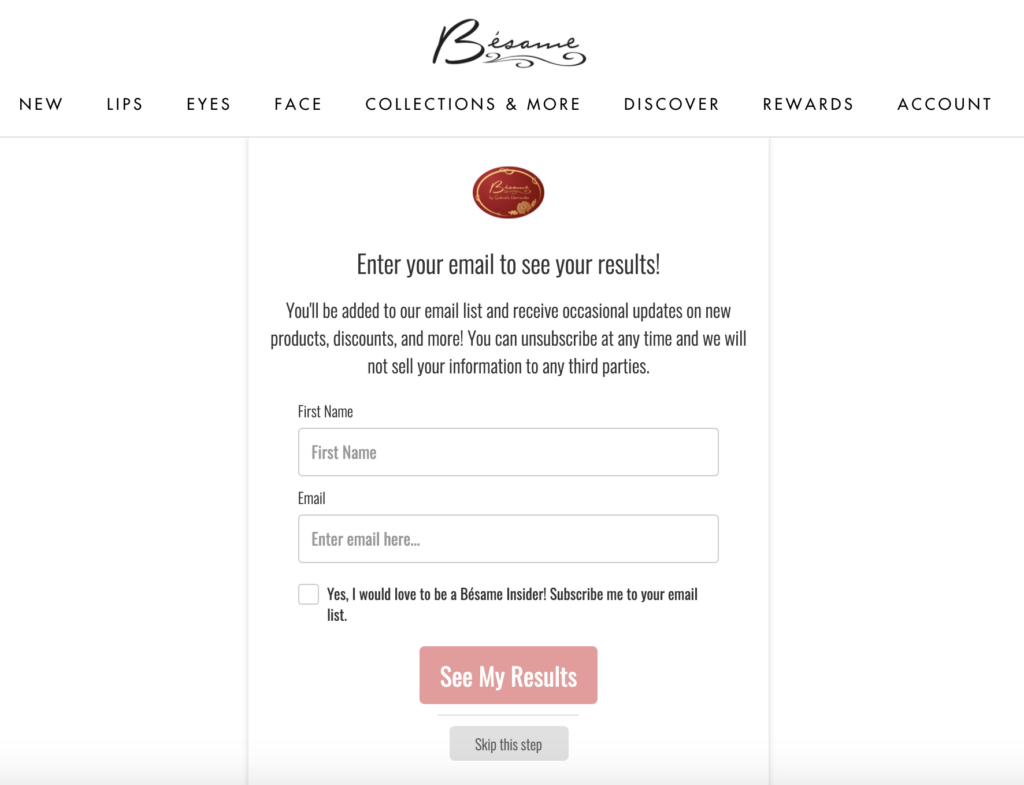
What tool should I use to create a personalized customer journey?
The quizzes featured in this article were built using the Interact quiz builder, a quiz-building tool that helps create unique customer journeys at a fraction of the cost you’d pay to build one yourself or by hiring an agency.
If you have more specific or complex needs and want a custom-built customer journey, you can hire a developer on Upwork to create something unique to your business.
